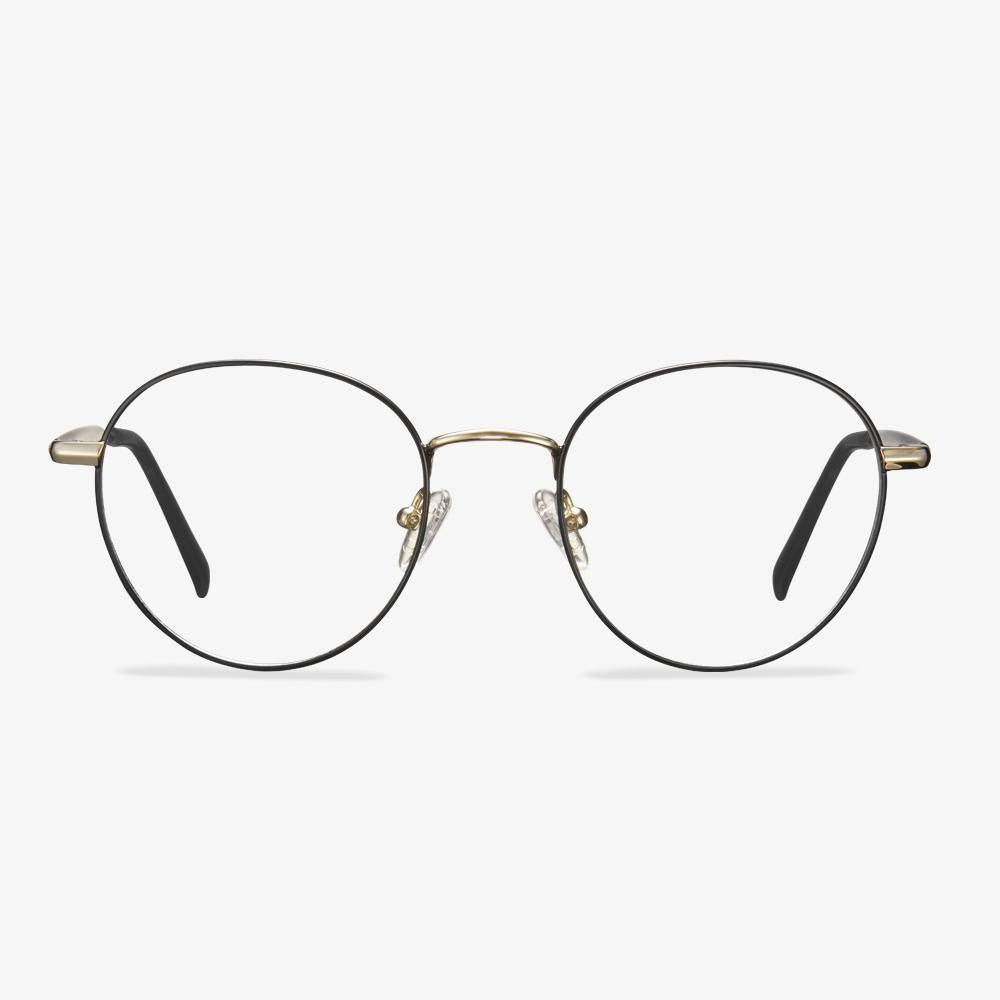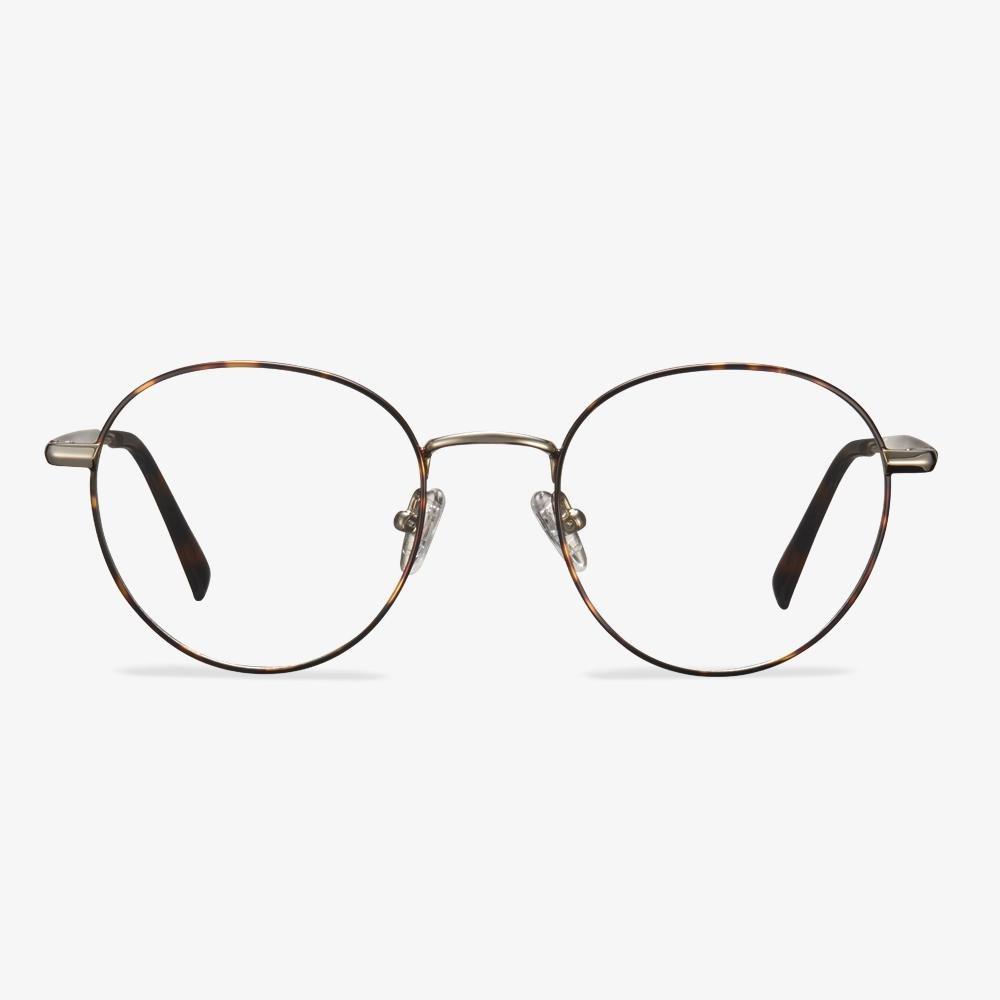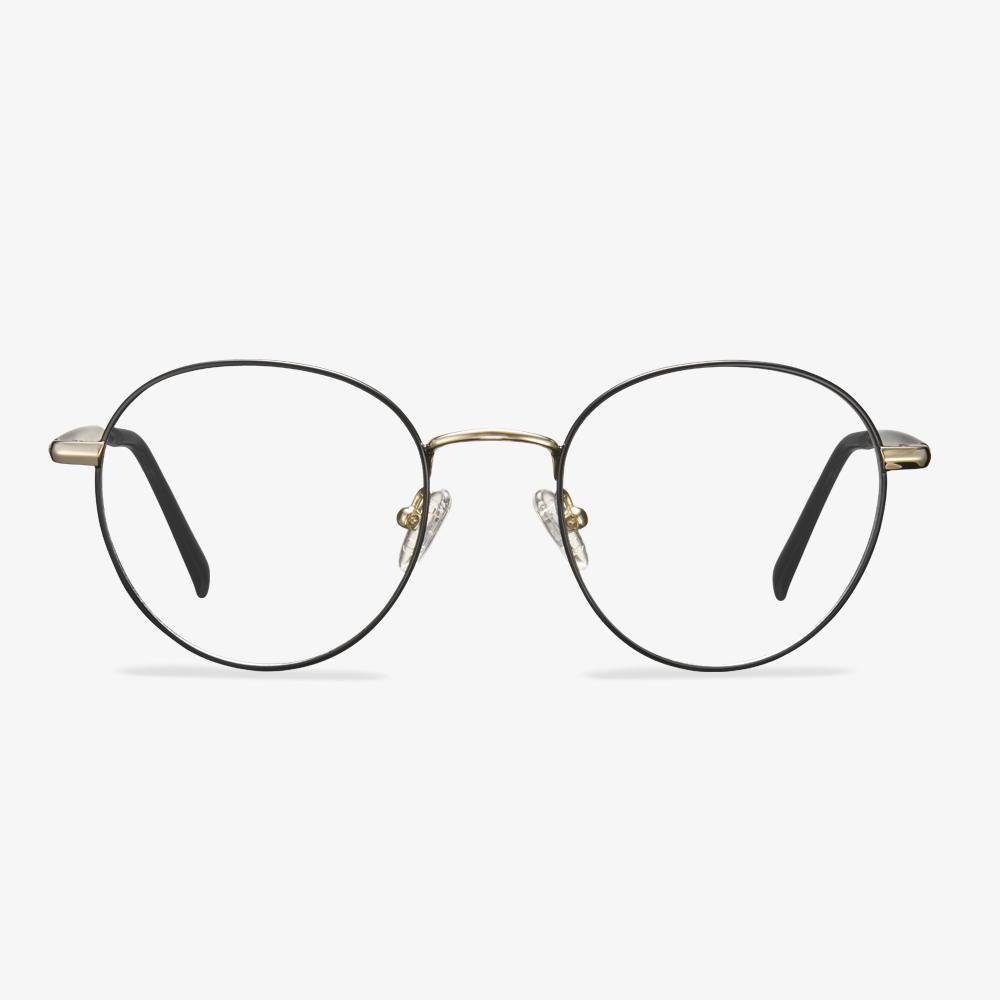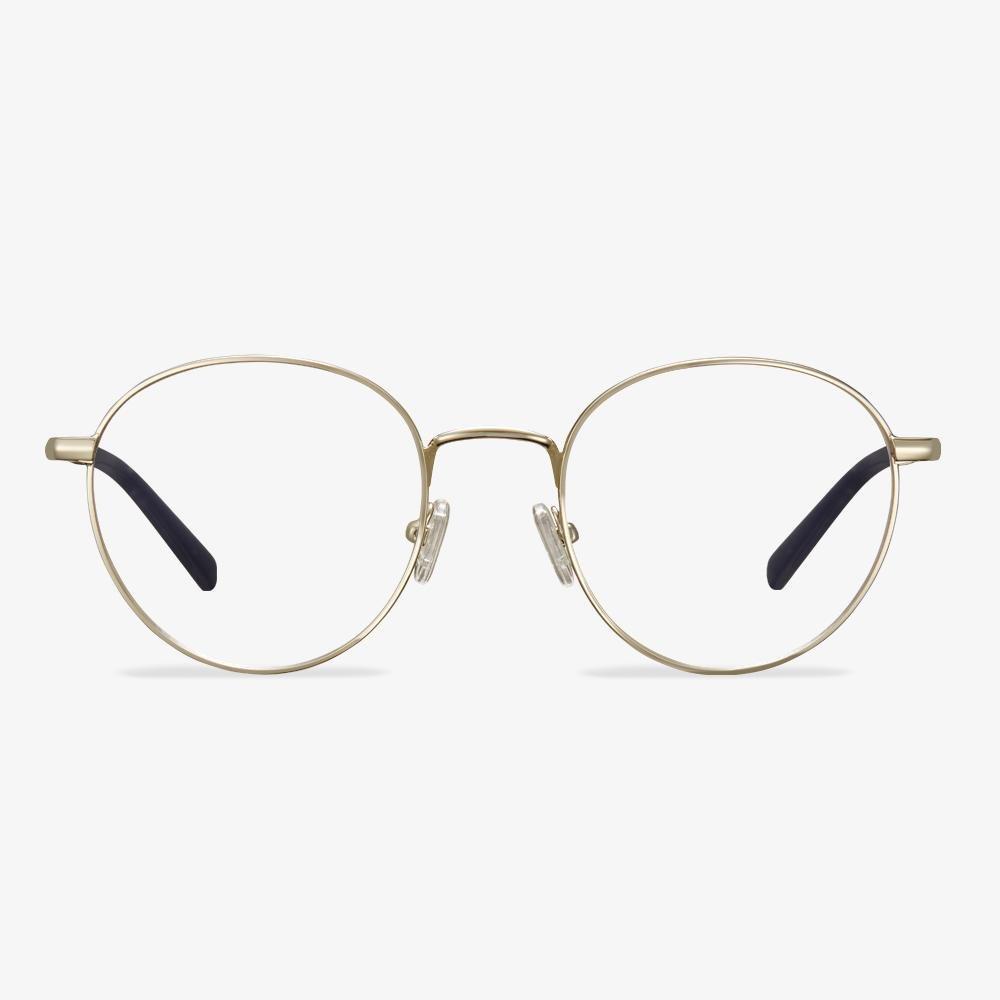Why do my glasses hurt the top of my ears?
The problem caused by the angle of the glasses rubbing the ears is mainly caused by the following several conditions. Firstly, it may be that the outer angle is not enough so that the feet of the glasses press the ears too tightly. Secondly, the two sides of the glasses are of different heights. Thirdly, the last situation may be caused by a problem within the angle of depression.
Do kids need blue light blocking glasses?
1. American Ophthalmological Association
The American Ophthalmological Association clearly stated that it does not recommend any special glasses. The organization stated that there is no evidence that blue light from electronic devices can cause damage to the eyes. The discomfort that many people experience after watching electronic screens for a long time is due to symptoms such as dry eyes and even blurred vision caused by digital visual fatigue. The symptoms of using electronic products are related to how we use digital devices, not the blue light emitted from digital devices. There is currently no clinical evidence that blue light causes damage to the eyes, and measures to prevent blue light may be more harmful than blue light itself. It is too early to take preventive measures against blue light and may have unintended consequences.
2. British Association of Optometrists
The association believes that there is a lack of high-quality evidence to support the use of blue shaded glasses to improve people's visual performance, sleep quality, relieve eye fatigue, or protect macular health. There is no research on the effect of anti-blue eyeglass lenses on the health of the macula.
3. Chinese Journal of Ophthalmology
If the blue light is excessive, that is, the human eye is exposed to high-frequency and high-energy blue light, it will damage the rod cells. However, the rich blue environment with intensive exposure and the normalized environment are two different concepts. Therefore, it is unscientific to equate blue light with retinal damage. Individualized blue light protection guidance and recommendations should be put forward under different conditions such as different ages, health conditions, and working environments.
What are polarized lenses for?
Polarized lenses contain a layer of polarizing plates in which molecular chains form a light-grating structure in which dichromatic pigments, which absorb polarized light, are evenly distributed. A beam of light is absorbed when it vibrates in the same direction as the bars of the molecular chain of the polarized lens. The grating direction formed by the molecular chain of the polarizer is the axial direction of the polarizer, which is generally horizontal. When polarized lenses are worn, they absorb all the light that vibrates horizontally, thus absorbing the glare and preventing it from reaching the eyes.
What kind of frames should children choose?
Children should try to choose silicone when they choose the frame, especially when they are very young. Pay attention to avoid wearing the frame with a nose pad as far as possible. Children are younger and their bones are in the developing period. For anti-blue light glasses, try to wear them when looking at electronic products, and it is best not to wear them the rest of the time.
Where to Buy Blue Light Glasses?
From the above part, you have learned the advantages of blue light glasses. Hence, you may ask where I can get a pair of blue light glasses. Thus, Koalaeye Optical would be a good choice since it provides various blue light blocking glasses with beautiful and fashionable frames. Besides the blue light glasses, Koalaeye Optical also provides other eyeglasses and sunglasses. You can choose the satisfied one from here.
The anti-reflection principle of the anti-reflection film
Anti-reflection Coating, known as anti-reflection membrane, is called anti-reflection coating in English, or AR membrane for short. The basis of anti-reflection is the wave and interference of light. The principle is: Two light waves with the same amplitude and the same wavelength are superimposed, then the light wave amplitude is enhanced. The two wavelengths and amplitudes are the same, but the superposition of wavelengths with different wave paths (similar to dislocation) cancels each other out. Therefore, the anti-reflection film plated on the surface of the lens uses this principle to make the reflected light generated by the front and rear surfaces of the film layer interfere with each other, thus canceling each other and achieving the effect of reducing reflection.
Disadvantages of progressive lenses
Wearing progressive multifocal glasses for the first time may cause slight dizziness and shaking when walking. Be careful when moving up the stairs. The perception of space changes, the perception of the distance of the object, and the perception of depth have changed. New wearers should not drive immediately and do vigorous exercise. When you look close, you need to turn your eyes down, and your eyes are mildly uncomfortable. Seeing the object through the blurred vision area around the lens, the object becomes blurred. Therefore, when new wearers look at things, turn their heads more, turn their eyes less, try to use the far-distance zone, the near-distance zone, and the middle-distance zone to see the object.


















































